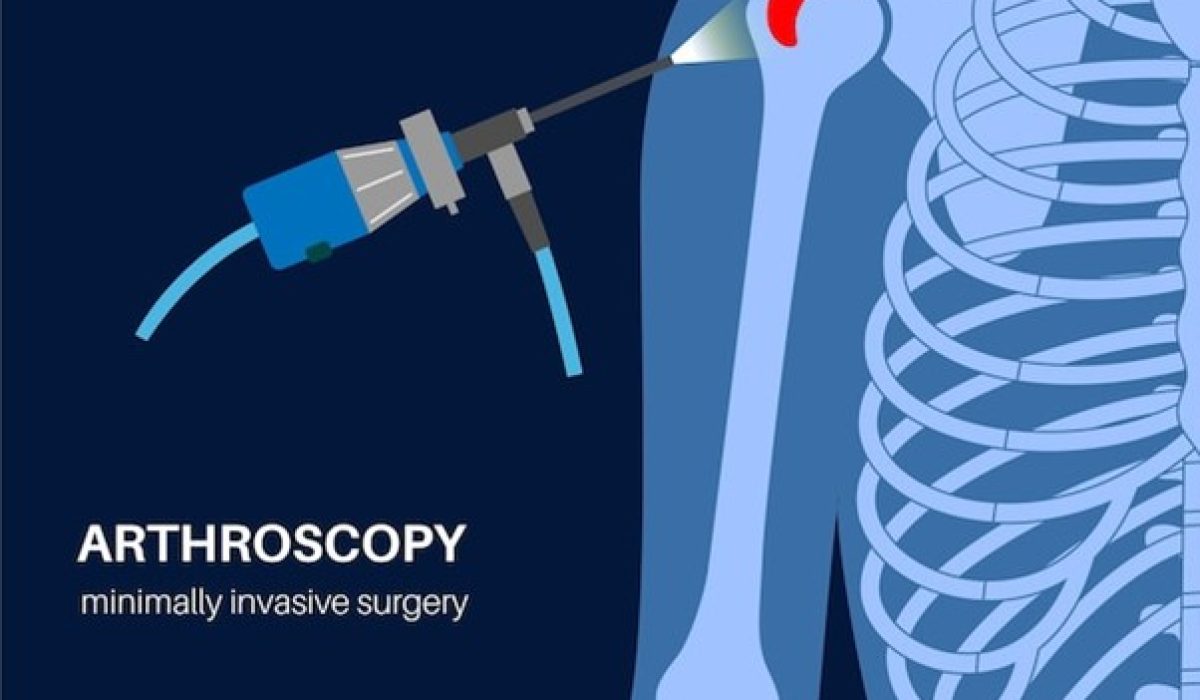Shoulder arthroscopy is a specialized medical procedure used to diagnose and treat problems related to shoulder joint. It is a MIS (minimally invasive surgery) that involves making small incisions in the shoulder and using a tiny camera called an arthroscope to see inside the joint.
The arthroscope (flexible tube) is inserted through one of the incisions, allowing the surgeon to view the images on a monitor in the operating room. This provides a clear and detailed view of the structures inside the shoulder joint, including the bones, cartilage, tendons, and ligaments.
During the procedure, the surgeon can identify and address various shoulder issues. These may include tears in the rotator cuff (a group of tendons that help move the shoulder), damage to the cartilage lining the joint, instability (where the shoulder pops out of place), impingement (pinching of the tendons), or inflammation.
Using specialized instruments inserted through the other incisions, the surgeon can repair damaged tissues, remove or trim torn pieces, or reconstruct and stabilize the shoulder joint as needed. The advantage of arthroscopy is that it is less invasive compared to traditional open surgery, resulting in smaller incisions, less pain, reduced risk of complications, and faster recovery.
After the procedure, rehabilitation and physical therapy are often necessary to help regain shoulder strength, flexibility, and function. Following the recommended rehabilitation program is crucial to achieve the best possible outcome.
Consult your doctor to determine if shoulder arthroscopy is the right option for your specific shoulder condition.

